The Truth About Black Batting: When & Why to Use It
Black batting is like the black sheep of the batting world, quite literally – it’s a little edgy, a bit rebellious, and a lot less popular than its white batting counterpart. It may not become your go-to batting, but just like your misfit cousin, it’s welcome in your sewing room….as long as it behaves.
Read more about How to Choose the Right Quilt Batting here!
I first heard about black batting a few years ago when I posted a question to Instagram, “Is there any way to prevent black threads from showing up underneath my white fabric after my quilt has been quilted?” You see, I had just finished quilting a throw quilt that used a lot of black and white solid fabric. (My first Fly Away quilt, to be precise.)
Trending patterns!
No matter how vigilant I was with my scissors cutting back the black frays, I couldn’t get them all. Then, to my horror, after the quilt was finished, those little deviant threads showed up even more!
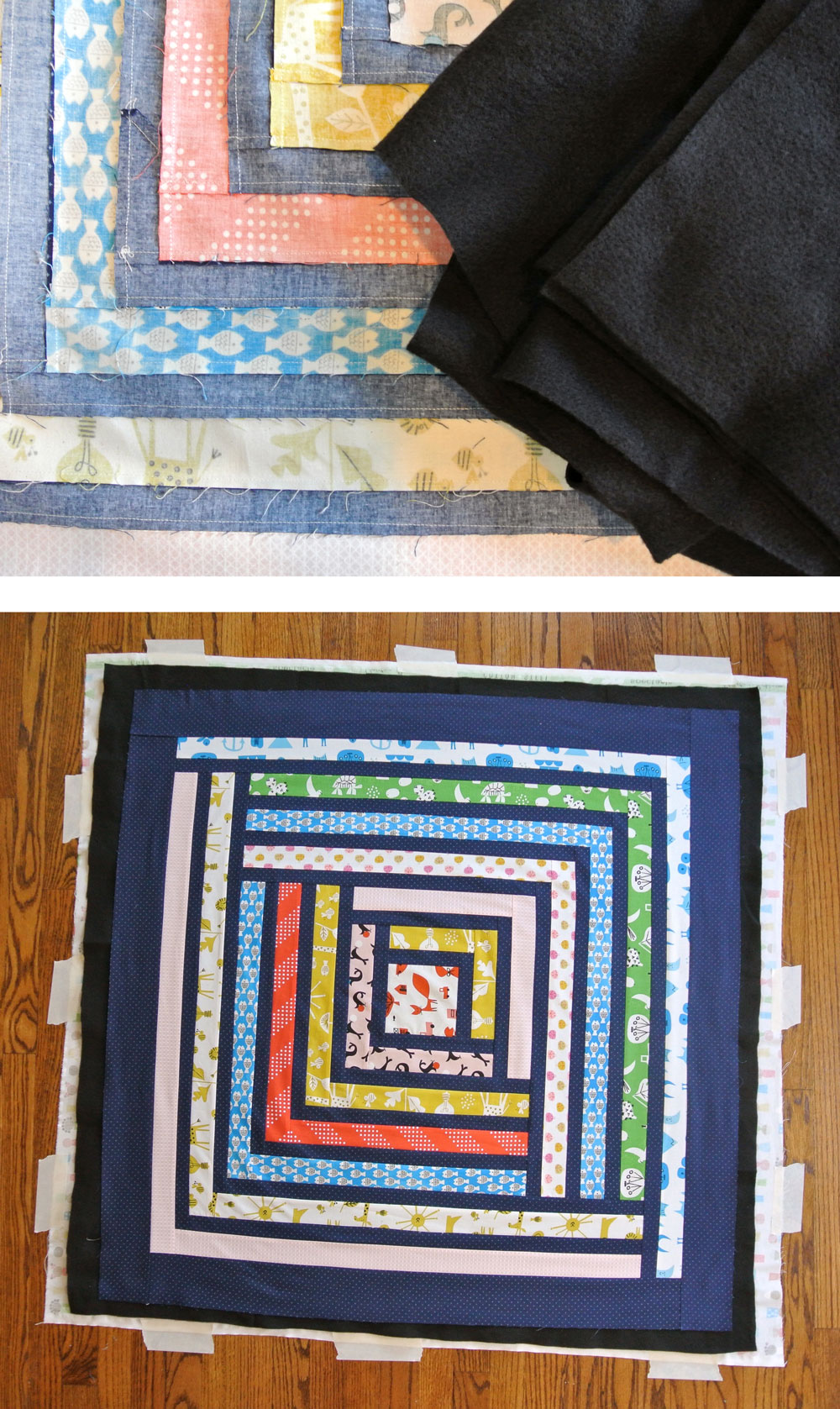
Many quilty friends on social media told me about tools to pick the threads out one by one. I was pretty sure that wasn’t going to cut it for all of them, so when one quilter piped in to say that black batting was the solution, I was intrigued. You mean to say that batting comes in different colors? Not just white and cream??
I did some research and purchased a bit of black batting to give it a whirl myself.
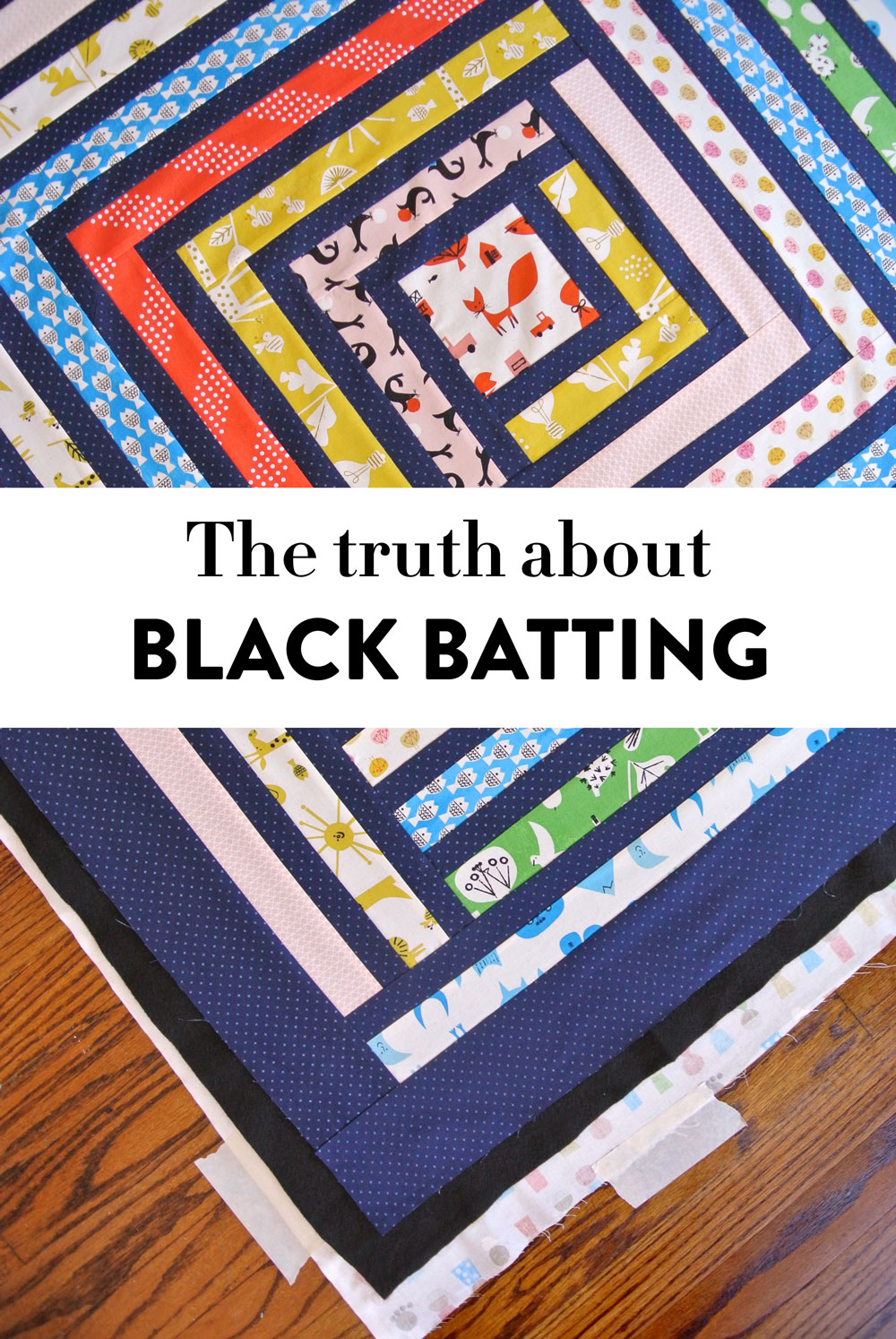
What is Black Batting?
Black batting can be purchased in many different blends, just like white batting. Most popularly, this batting comes in Cotton/Poly blends or 100% Poly. For the sake of my experiment, I purchased Quilters Dream Black Poly. It has the very mysterious moniker “Midnight Dreams.” You totally want to buy it now, right?
When to use Black Batting?
According to my new best friend on Instagram, you can use black batting when sewing high contrast quilts, such as black and white. This way those black threads don’t show up like unwanted veins underneath your light colored fabric. Even though I trusted her, I needed to run some tests. My test questions...
Question 1: Does the black batting hide stray threads that can show up after quilting?
Holy moly it sure does! No more picking and poking with tiny little hooks to get those out.
Question 2: Does the black batting make the light fabric look shadowed or “dingy?”
That is not something I noticed, however, I did not densely quilt over the light fabrics. I opted to quilt mostly on the dark fabrics so that if there was any bearding* or migration of batting, it wouldn’t be a problem on the light fabric. This brings me to the thing I probably should have started with…
*You heard me right. But not the kind of beard you’re thinking of. Bearding, in the batting world, is when fibers from the batting travel from the middle through the top of the quilt.
The best way to avoid bearding from your batting is to use a sharp needle (probably fresh from the package) when quilting and piece your quilt top with tightly woven fabric. If your fabric is a loose weave or a low thread count, the batting fibers can easily travel through it once the quilt has been washed. – this is also much less obvious if you use black batting when your quilt incorporates a lot of dark fabric.
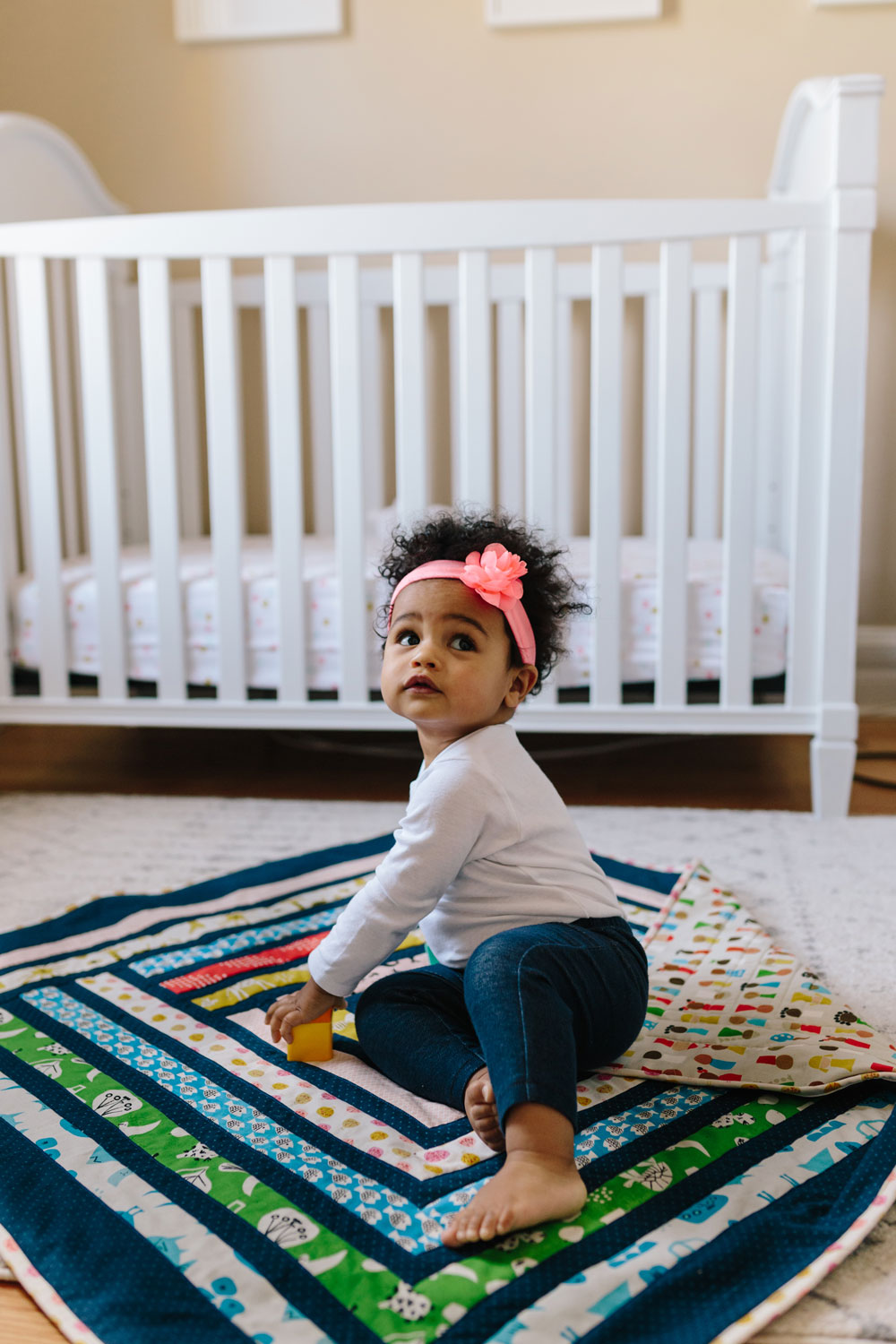
Read More About Quilt Batting
When Does Black Batting Say to Use Black Batting?
Just like our dark, rebellious batting, I’m not one to always follow the rules. However, in this case, the manufacturer’s instructions have a few helpful things to say about when they think you should use black batting.
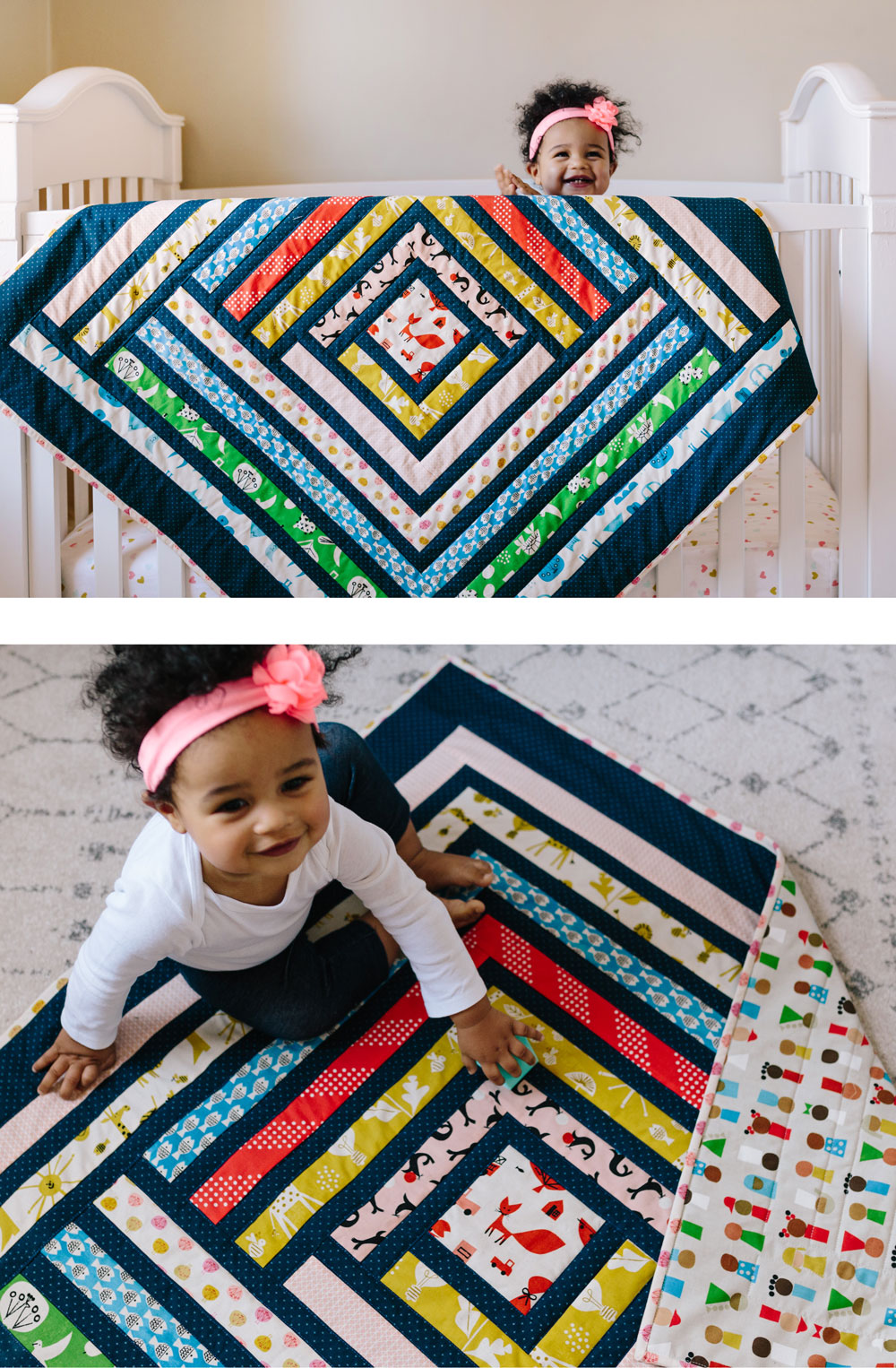
According to the Quilters Midnight Dream Poly Batting packaging instructions (I just had to say Midnight Dream at least once more...no, two more times. It’s so juicy rolling off the tongue!) black batting should be used when...wait for it...your quilt top is black.
More specifically, when your quilt top includes lots of dark or bright fabrics such as vivid reds, greens, blues and purples. The deep black batting actually enhances the warmth and richness of the quilt top’s intense dark hues.
I found this to be true with the baby quilt I made using Cotton + Steel Spectacle fabric. The sashing is Add It Up Indigo and on top of black batting, it’s striking!
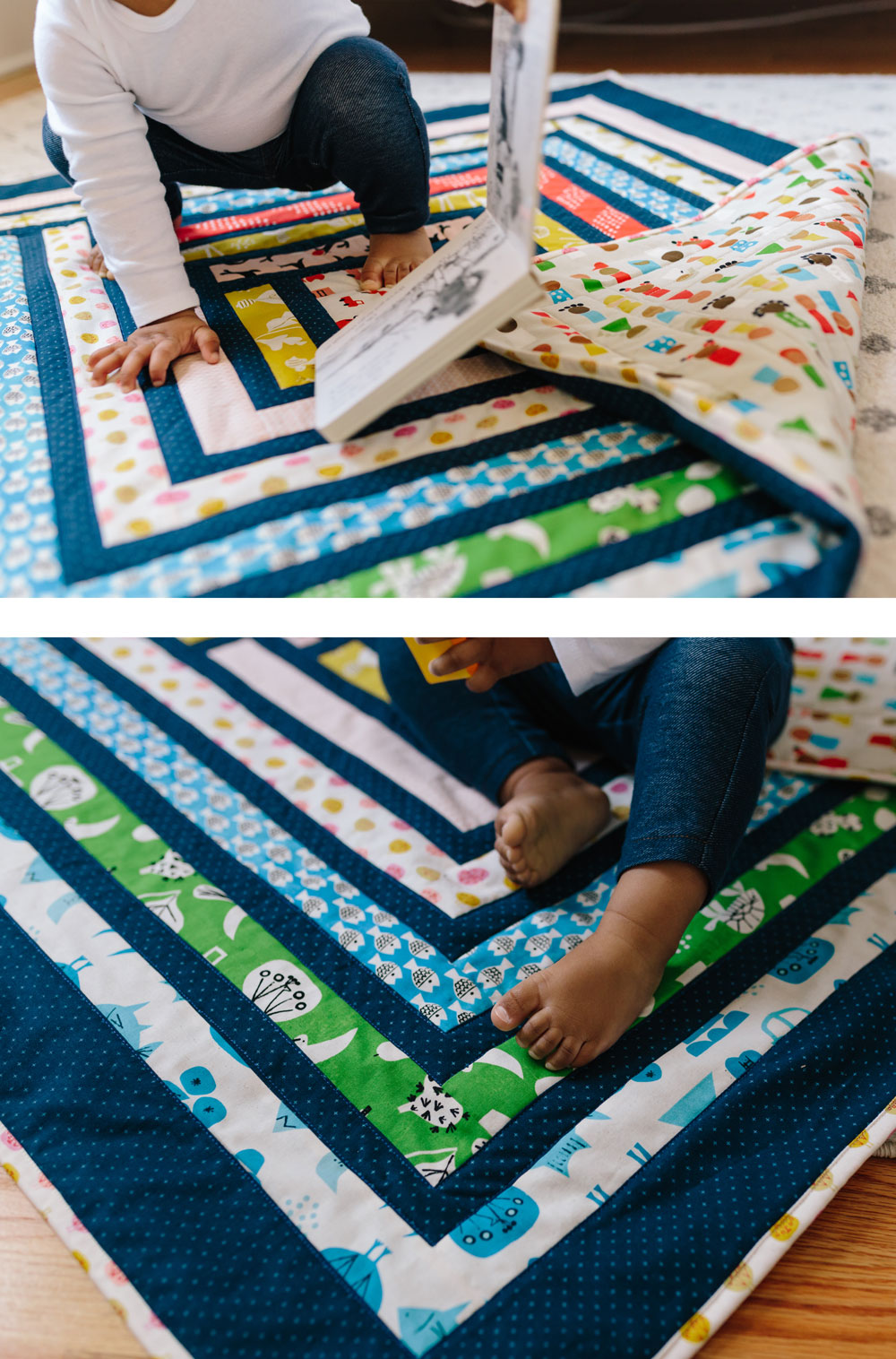
Does This Mean I Have to Buy Black Batting?
Nope! My quilty friend, you should keep doing what makes you happy and feeling good. (My life philosophy right there!) White batting underneath a dark quilt top is not going to ruin your quilt. People have been doing that for millions of years (You haven’t heard of cavemen quilting?)
However, if you’re like me and enjoy experimenting with all things quilt related, I think you should give it a try and decide for yourself. Maybe it will solve your phantom thread problems too. And who knows, maybe you and your misfit cousin have more in common than you think. Best case scenario you have an ally at the next family reunion.
Have you tried black batting? Or maybe a different shade other than white? (Does purple batting exist?) I'd love to hear about it. I'd also love to know if there are other scenarios when black batting should be the batting of choice. I could always use another excuse to buy more batting. 🙂
Read More About My Favorite Quilty Supplies!
- How to Choose the Right Quilt Batting
- The Best Sewing Table
- The Best Quality Thread: Part 1 and Part 2
- 5 Best Cutting Mats for Quilters
- Best Rotary Cutter
- The 4 Best Quilting Rulers
- The Best Iron for Sewing
- The World's Best Sewing Scissors
- Your Guide to Finding the Best Thimble
- Best Pins for Quilting
- The Best Quilt Marking Tools
- Fusible Batting Tape: Why You Need It and How to Use It.
- 8 Things You Never Knew About a Tailor's Clapper
- 5 Types & Sizes of Hand Quilting Needles
- Must-Have Quilting Tools
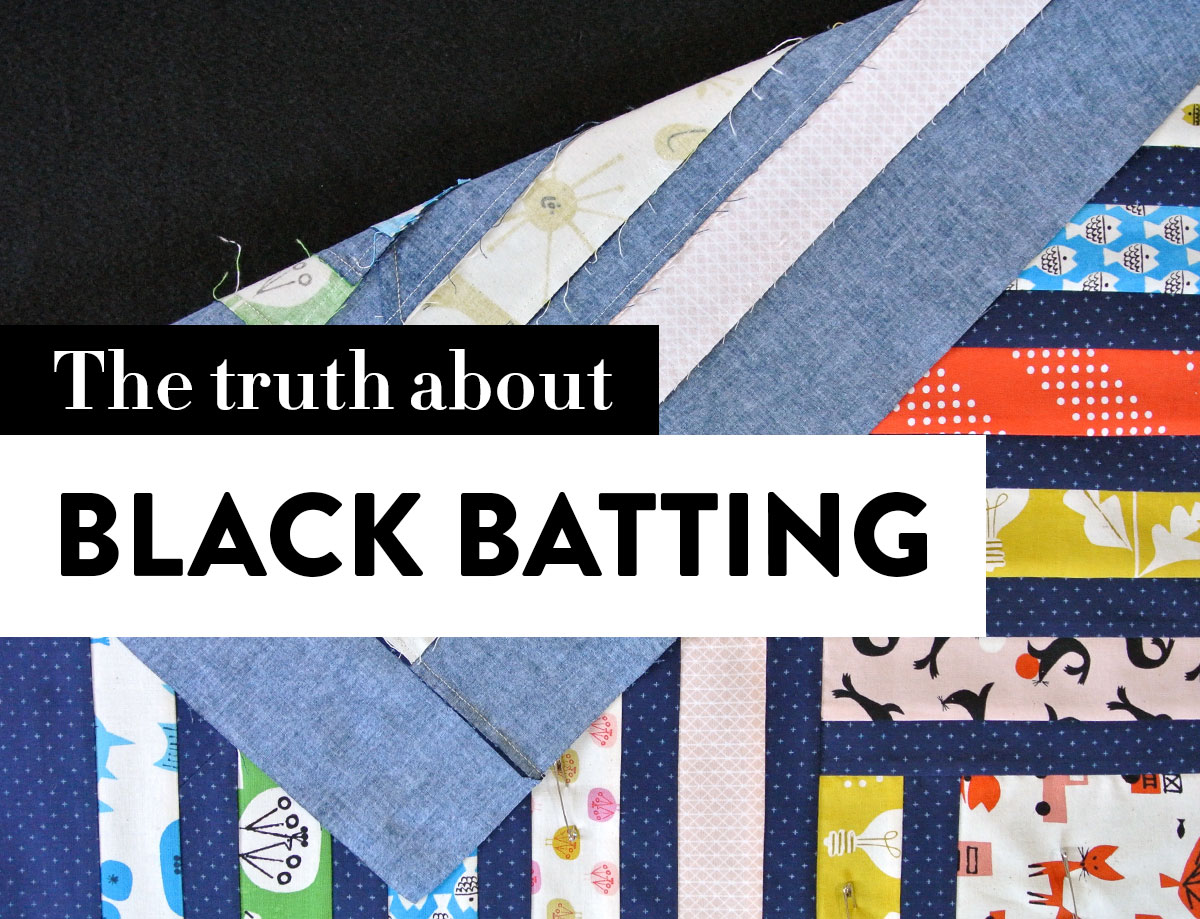
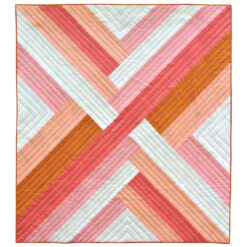
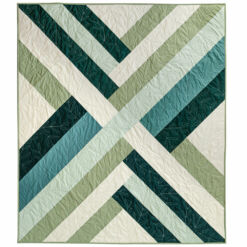
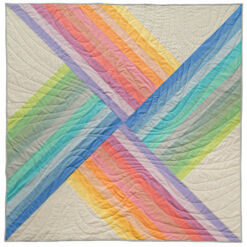
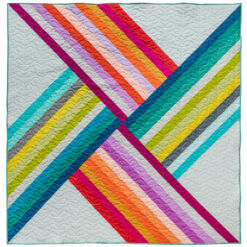
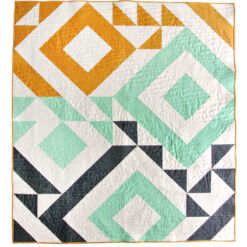
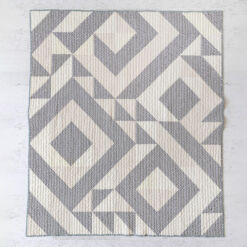
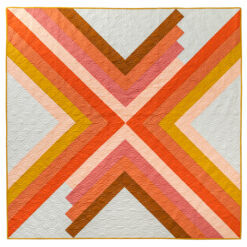
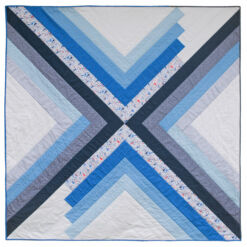
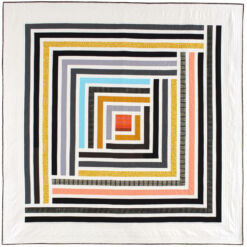
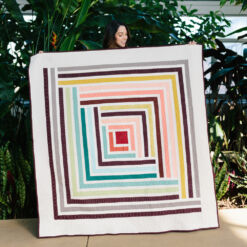
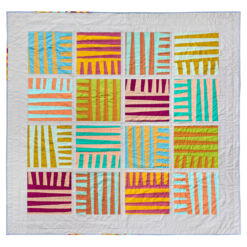
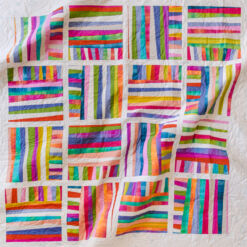
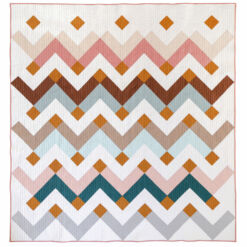
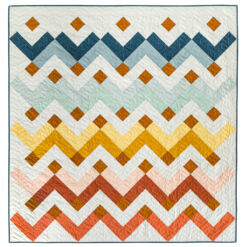
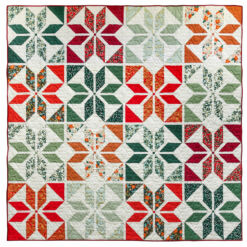
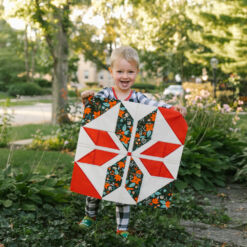
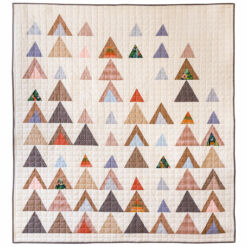
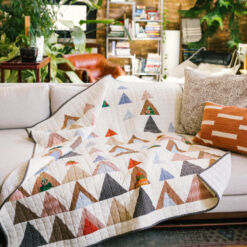

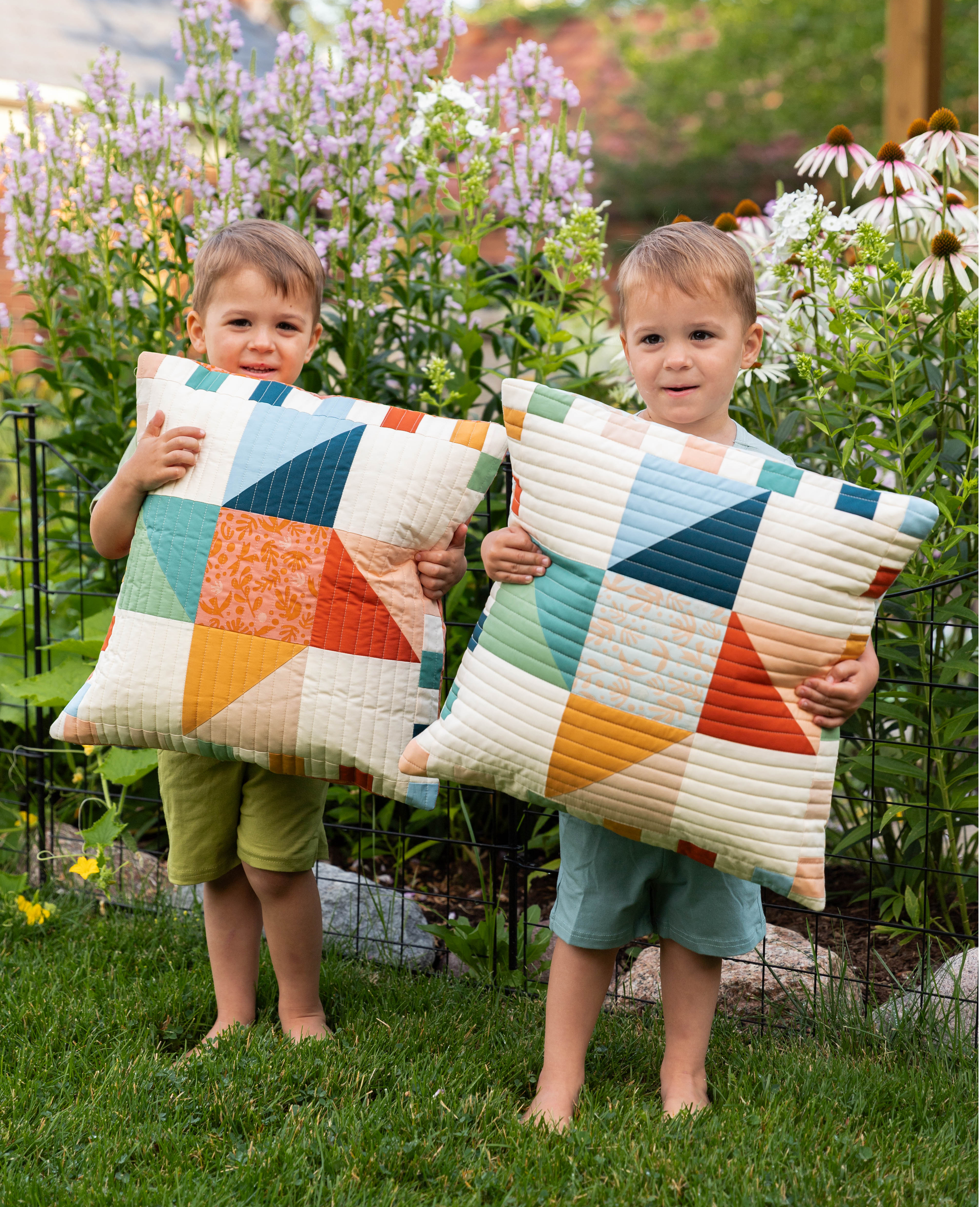

My long-armer was having problems with lots of white speckles showing through the black backing of my quilt. Could the white batting be part of the problem? We switched the back to purple but she hasn’t been back to my quilt yet.
White speckles showing through the black batting? I’ve only heard of the reverse problem happening with natural cotton batting. The reason I don’t use natural cotton batting is because I hate when dark specks from the cotton show through my light fabric. What brand of black batting are you using?
Suzy you read Sharon’s comment too quickly, or your fingers were too quick, she said baCKing not baTTing! 🙂
ahhhh! Yes, thanks, Dilly for catching that. Sharon, this sounds like your batting is bearding – which means that when the needle punches through the quilt sandwich it carries a bit of the batting up with it. Dark batting will majorly help this issue because even if bearding does occur, you won’t see it on the black backing. Changing the backing from black to purple probably won’t resolve the bearding issue. If it’s too late to change to a black batting, just ask your longarmer to use a brand new needle. A sharper needle will prevent some bearding.
Love the article on black batting. I have a couple of projects on my list of to-do’s that will be mainly darker fabrics and may try using black batting for a change.
I think you’ll be pleasantly surprised. I was!
My granddaughter chose purple for her wedding quilt, it was very dark, with a dark purple backing fabric, so I used black batting/wadding.
The result was very satisfactory.
Oh I bet!
This is so interesting. I had some black batting and I think I gave it away because I thought, “I”m never going to make a BLACK quilt!” But I love that it keeps those pesky threads from showing. Thanks for this investigative gem!
I don’t have a comment on blk batting but found ur info more than interesting & I’m going to try some blk sometime soon to see what I think. I ran into a prob recently & wondered if u have any advice. I’ve been quilting for a few yrs but have only ever bought 1 quilt kit which took me about 5 or 6 yrs to cut into as it was & still is the most expensive project I’ve done. However, I had occasion recently to wash it. It’s cream, brown, deep kind of burgandy red. It’s a beautiful quilt however, it ran, now it’s a mess. Is there anything I can try to get the red out of the cream???? Any suggestions appreciated..
Oh I feel your pain! A similar thing happened to be a few years ago and it forced me to research the issue and discover different ways to treat and then prevent fabric bleeds. Here’s the article – https://suzyquilts.com/fix-fabric-bleeds/
Msybe color catchers found in the laundry section at Walmart
Black batting is great for a design wall, if you want to see how a dark or black background work.
Although wow, it makes the room feel dark. I used black sashing and backing for my partner’s bedspread, so I pinned the big piece of backing onto the design wall and then put the blocks on top as I made them. I don’t work fast as I’m disabled and also hand sew, and I stalled for a year in the middle of the piecing. (I finished the quilt a few months ago, it’s lovely.) So there it was, looming at us, on my design wall over my dining table. When I finally finished piecing it and basted it, we extended the dining table for basting, and my partner and his best friend helped put the table back afterwards. They both were very confused and asked if my table was smaller now. Having eight feet of black fabric on the wall for two years had convinced them that the room was smaller.
I love using black batting. I make a lot of dark quilts and always use black batting. I buy Hobbs Heirloom poly/cotton. This batting gives a pretty high loft. Black batting is hard to find in stores, so I buy it online.
This is so smart! I never thought to use black batting to solve that particular problem, but I can totally see how it might work. Thanks for passing along the info!
Enjoyed this information very much! The baby campfire quilt is adorable. What is the fabric for the backing?? 😊
Isn’t that fabric cute? It’s made by Cotton + Steel in the Spectacle line by Christian Robinson.
Suzy you create so many resources for us every step of the way. I just wanted to say thanks! X
I have had a piece of 60×108 black batting in my stash for 3-4 years that I’ve been waiting to use. Finished up a top in dark grey and teal, pieced a back of flannel and abandoned blocks, and am so excited to finally see how the black measures up!
I have a quilt top that is a lot of white, and the backing in white as well. Would black batting be the solution for not being able to see through the quilt?? I’m currently able to pick up on the backing print through the top
I bet even white or cream batting would solve that problem. Black batting most definitely would.
Suzy, I know I am very late on this but just came across it. I have heard that NICU nurses like black batting in quilts that are used to go over the incubators. This helps the babies to rest/sleep better.
If this is something you, or anyone reading this wanted to pursue I would check with NICU head nurse first, but it seems to make sense.
I never would have thought of this, but SO SMART! These quilts would become like blackout curtains for sweet sleeping babies!
I wish I had googled “batting for dark quilt” because I guarantee this post would’ve popped up and saved me from the nightmare that was natural cotton batting completely bearding through a dark quilt. UGH. I thought it was lint and went to town with the lint roller, which probably caused MORE bearding. Lesson learned the hard way! Thanks for your always informative posts. 🙂
Nooooo! So sorry! Some brands of batting beard more than others. I’ve actually never had a bearding issue with Quilters Dream batting – even their wool.
I use black batting often. It completely eliminates the bearding problem on anything dark. Finished a twin a few years ago that I loved so sent it out for $350 of gorgeous custom quilting using the long armer’s batting, and it bearded like crazy. Everywhere. She says her batting is guaranteed not to beard. So much for that! Do try the black. In the right place it is a miracle.
Hi Suzy, enjoyed learning everything there is to know re Black Batting, I think I have a good quilt for it. It’s a color quilt, batik strips cut in various widths sewn into blocks on point, and gradually blending from light ecru to cream, to medium, to dark/dark colored batik squares. Am excited yet concerned re black batting under the light middle, but batiks are tightly woven, so…here I go. LOL, wish I could send you a pic and hear you say not to worry! Your site is well written and your humor keeps me reading. Thank you, pls never stop.
P.S. My first visit was when you just had your baby and today I saw your pic w/her, tx for sharing the love in your world.
I keep looking and not finding the info on line. I see Quilters dream black poly and Hobbs 80-20. What brands and other types of black batting are there? Are there any bamboo in black? I have a king to quilt and should use black, but I don’t want a stiff quilt, I want a drapey one.
Hey Sandy, to my knowledge, bamboo and bamboo/silk blends only come in light cream. Although black batting usually has some poly blended in, it still has a nice drape – especially after washing it once or twice.
You have amazing writing skills.